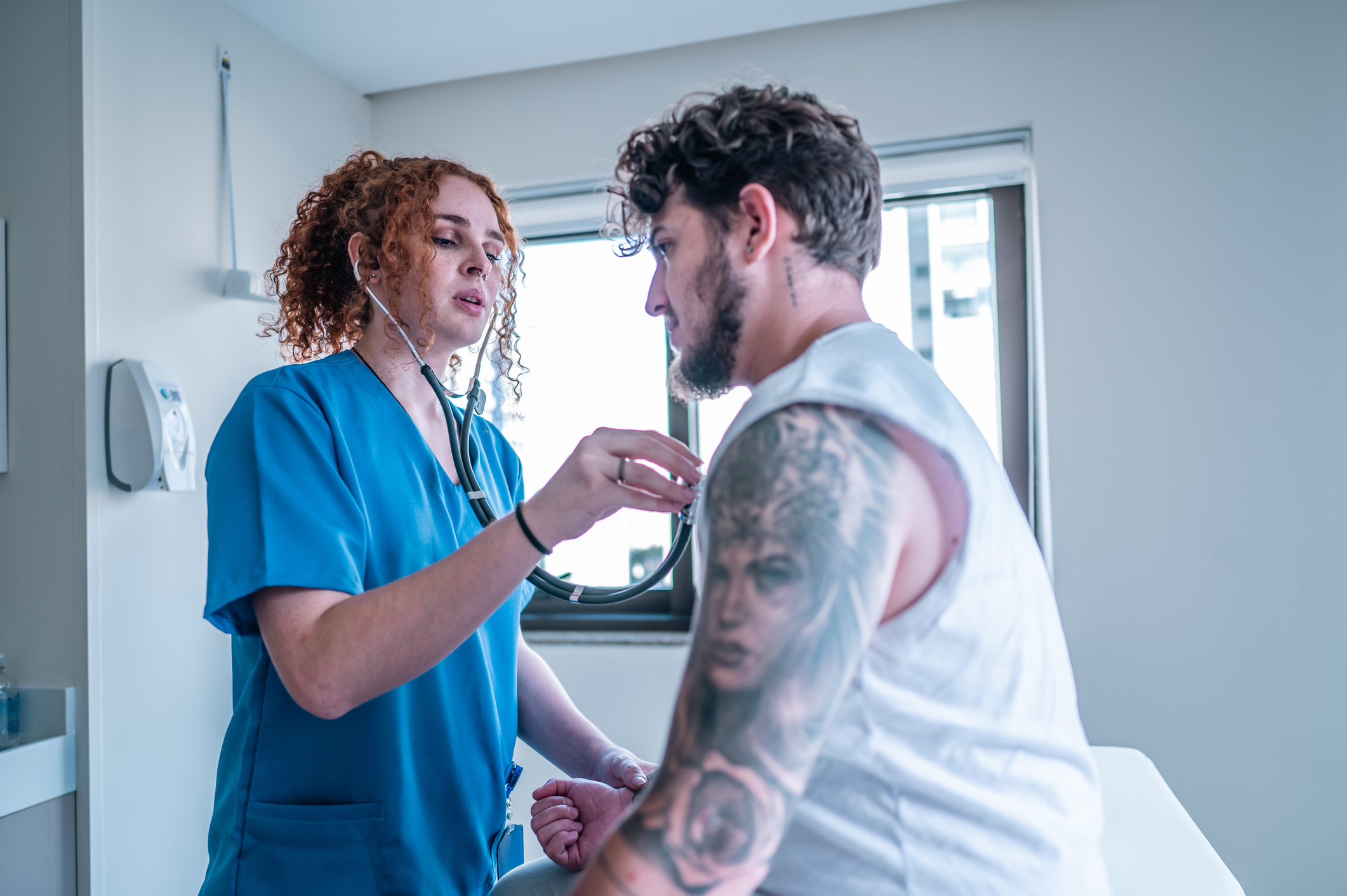Dysphoria is discomfort and distress related to the incongruence between a person’s gender identity and the sex they were assigned at birth.
Dysphoria can be:
- Mild, such as feeling uncomfortable in gendered clothing or gendered environments
- Moderate, such as social anxiety or persistent depression that impacts daily life
- Severe, such as the inability to leave the house or complete activities of daily living
- Suicidality among transgender people frequently stems from severe dysphoria.
Dysphoria becomes a form of sustained trauma (plus trauma occurs at higher rates to gender non-conforming people) so your patient/client may be scared of touch, need extra care to not feel trapped/cornered, and/or need informed consent (to know everything that is going to happen before it happens).
How Dysphoria Shows Up in the Treatment Room:
Disconnected from their bodies, sometimes profoundly. Often can’t tell you detailed information about their pain or how stress is manifesting in their bodies
- Collapsed, sunken-in and trying to disappear- hard to connect with
- Fatigued
- Higher than average depression & anxiety
- Higher than average trauma and survivorship
- Substance use disorder
- Extreme sensitivity to language about their bodies
- Discomfort removing articles of their clothing for exam or treatment
Concerning behaviors associated with Dysphoria that affect the body & might be present for your patient/client:
Note: every person is different and reactions to dysphoria can present in many different behaviors
- Binding/Restrictive shaping garments worn in risky ways
- Disordered eating
- Compulsive workouts/exercise
- Use of body-building supplements
- Dieting and use of extreme weight loss products
- Self-harming behaviors
- Isolation (sometimes severe)
- High cortisol levels and adrenal fatigue
- Intimate partner violence
Join our newsletter
Healthy Binding Email List
Be the first to know when we schedule a new workshop or course, create a new healthy binding resource, or when we add new content to our site.
We'll never share your information, that's a promise.

